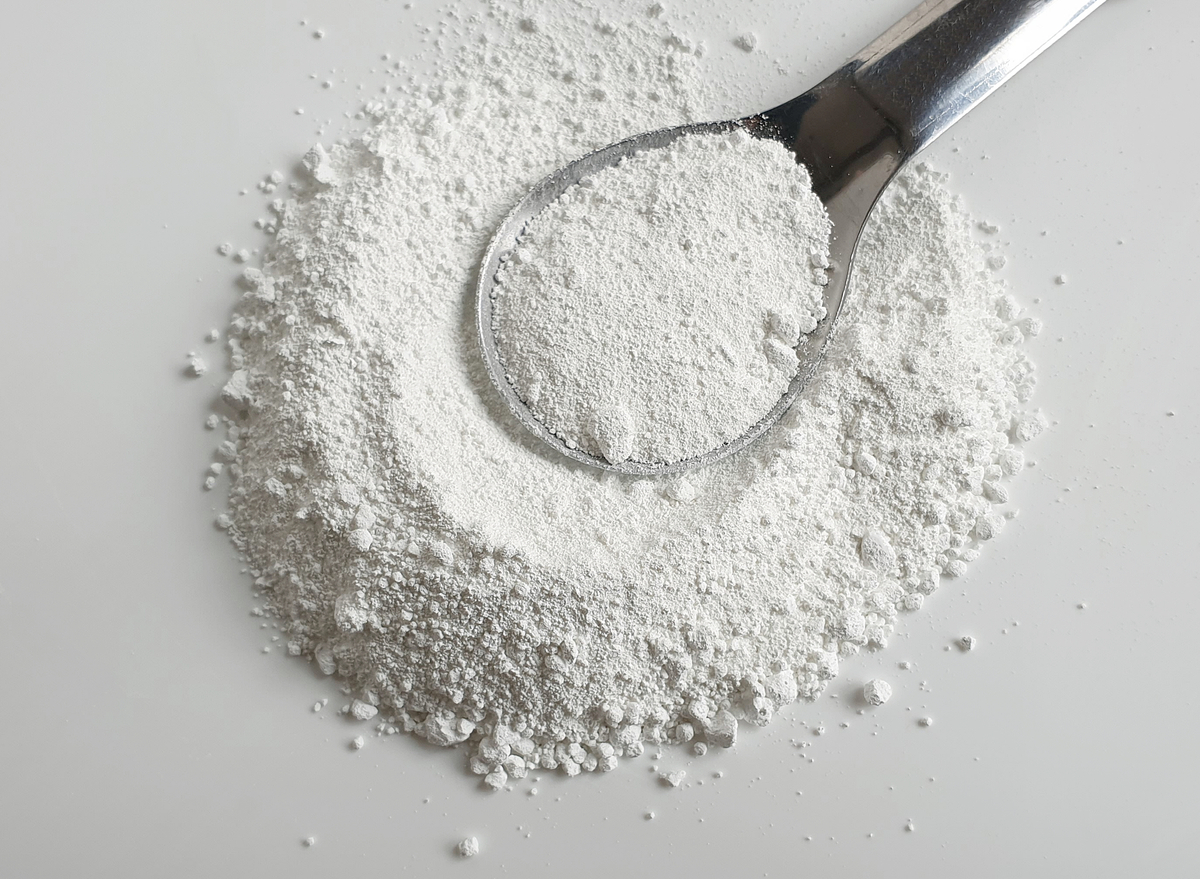In the vast canvas of industries, titanium dioxide, known as TiO2, titanium white, also known as Pigment White 6 (PW6) is a shining star, particularly when it comes to papers, plastics, paints and rubber. This versatile compound is well-known for its brilliant white pigment. It plays an essential role in the transformation process of raw materials into vivid, final products. The following article will discuss the marvels and applications of titanium oxide along with its manufacturing process, to see the impact it has on various industries.

The Canvas of Titanium Dioxide: A Palette of Possibilities
Titanium dioxide is a crucial ingredient in many products. It enhances the beauty and function of the products that we use daily. Pigment White 6 plays a major role in the production of paints. This vibrant transparent white color increases the vibrancy and cover of industrial and artistic applications.
Titan dioxide is utilized in the industry of plastics to give colour and also serves as a UV stabilizer safeguarding against harmful UV radiation. Its dual functions make titanium dioxide a crucial component in many plastic products. These range from sturdy outdoor goods to packaging materials.
The Manufacturing Alchemy of Titanium Dioxide Production Processes
The production of titanium dioxide is an intricate process that require a lot of expertise, with two methods leading the way in the process: the sulfuric acid method as well as the chlorination process. Each method has its distinct details and functions, which contribute to the versatility of titanium dioxide in various industries.
Sulfuric Acid Method. This involves the reaction of ore containing titanium with sulfuric acids, creating a titanium sulfate. This solution is then hydrolyzed to produce hydrated titanium dioxide. The end product following the calcination process is white powder ready for use for a wide range of applications, notably the paper and paint industries.
The Chlorination Technique In contrast by using chlorine gas this technique works by combining titanium-bearing mineral to create titanium Tetrachloride. The titanium tetrachloride undergoes a series chemical transformations to become pure titanium dioxide. This technique is used to create titanium dioxide in the rubber and plastics industries.
The Art and Science of Titanium Dioxide Applications
Painting Brilliance Across Industries: Titanium dioxide’s popularity in the field of paint is unrivaled. Titanium dioxide is a sought-after choice among artists, homeowners as well as industrial users because of its capacity to produce brilliant white colors. The stunning white hue it gives to canvas isn’t just an aesthetic feature it is also practical. It enhances the longevity of painted surfaces.
Shape plastics with radiant. In plastics, titanium dioxide serves a dual purpose. In addition to its function as a white pigment it acts as a UV stabilizer, offering important protection against the degrading effects of sunlight. This makes titanium dioxide an integral element in the manufacture of outdoor plastic products to ensure they preserve their structural quality and aesthetic appeal over time.
In the paper business, titanium dioxide contributes towards the transparency and clarity of products made of paper. The addition of titanium dioxide increases the quality of paper and makes printed content more vivid and more readable. Titanium dioxide is used in the production of paper for a variety of aesthetic purposes. It also plays a crucial role in enhancing overall quality.
Rubber Resilience & UV Resistance: The industry benefits from the UV resistance that titanium dioxide can provide. Titanium dioxide helps protect rubber-based products from the damaging effects of UV radiation.
Titanium Dioxide: Beyond Pigment and its Invisible Effect
Although titanium dioxide’s influence is visible as a colorant it’s much more than that. Its capacity to improve the durability, resilience and long-term performance of a variety of products in various industries makes the compound an invisible yet vital contributor to the functionality and quality of end products.
In conclusion titanium dioxide emerges as an important substance as it seamlessly blends into the fabric of multiple industries. Pigment White 6 is a pigment that gives a radiant look to canvases of all kinds regardless of the style, whether industrial or artistic. The dual processes of chlorination and sulfuric acid uncover the alchemy of the production of this pigment, which allows for the possibility of a variety of applications. The harmonious mix of science and art in manufacturing is apparent when titanium dioxide brightens papers, increases paint’s visual appeal, bolsters plastics against ultraviolet rays, or shields rubber. Its brilliance illuminates our everyday lives and shapes a range of items that are enduring in their shine.




